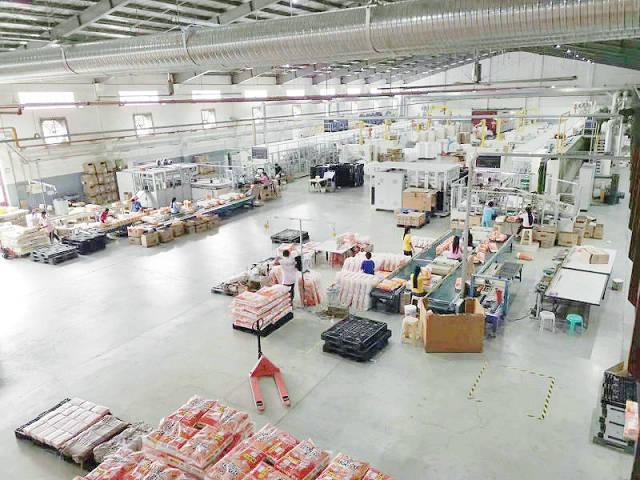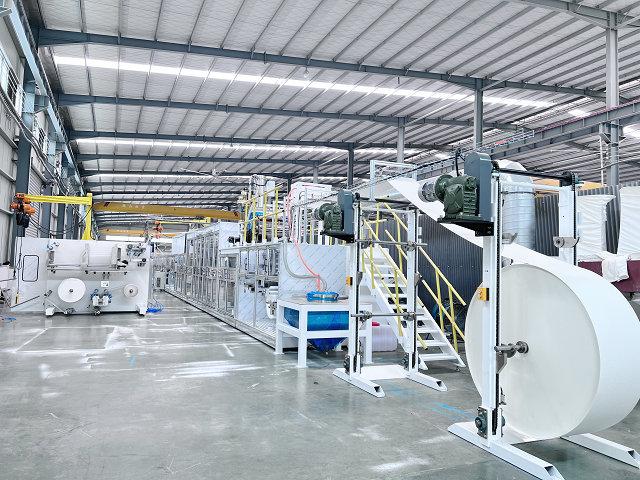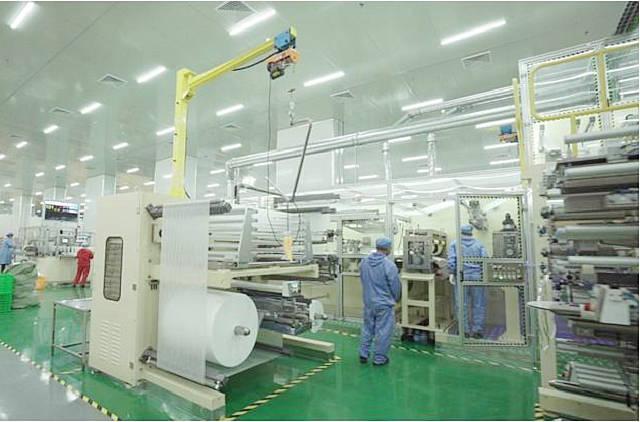Author:Haina Machinery Factory FROM:Diaper Machinery Manufacturer TIME:2024-11-26
Sanitary pad machines play a crucial role in the production of feminine hygiene products, ensuring that these essential items are readily available for consumers. Understanding the energy consumption of these machines is vital for manufacturers aiming to optimize their production processes while minimizing costs and environmental impact. This article delves into the various aspects of energy consumption in sanitary pad machines, exploring factors that influence energy usage, types of energy consumed, and strategies for improving efficiency.
Energy consumption in sanitary pad machines encompasses all the electricity and thermal energy used during the manufacturing process. This includes the production of raw materials, operation of machinery, and any additional processes such as packaging. The energy efficiency of these machines can significantly affect operational costs and sustainability practices within the industry.
Several factors contribute to the overall energy consumption of a sanitary pad machine. These include the type of machine, its capacity, the technology used, and the manufacturing process employed. For instance, high-capacity machines may use more energy initially but can produce larger quantities of pads in a shorter time frame, potentially resulting in lower energy use per unit produced over time.

Sanitary pad machines primarily consume electrical energy, which powers the motors, sensors, and heating elements necessary for production. Additionally, some machines may use thermal energy for processes such as drying or sterilization. Understanding these energy types is crucial for manufacturers looking to implement energy-saving measures effectively.
The operational efficiency of a sanitary pad machine plays a significant role in its energy consumption. Machines that are well-maintained and operated at optimal speeds typically exhibit lower energy usage. Factors such as machine age, wear and tear, and operator training also influence efficiency levels. Regular maintenance schedules and employee training programs can lead to improved performance and reduced energy costs.
To manage energy consumption effectively, manufacturers can adopt several strategies. Implementing advanced technologies such as variable frequency drives (VFDs) can help optimize motor operations, reducing energy usage during low-demand periods. Additionally, investing in energy-efficient machinery and utilizing renewable energy sources can further decrease overall consumption and reduce carbon footprints.
Regular monitoring of energy consumption is essential for identifying trends and areas for improvement. Many manufacturers utilize energy management systems (EMS) that provide real-time data on energy usage. This information allows companies to analyze their operations, identify inefficiencies, and make data-driven decisions to enhance productivity while minimizing energy waste.
Automation has become an integral part of modern manufacturing processes, including the production of sanitary pads. Automated systems can optimize workflows, reduce manual intervention, and improve precision in operations, all of which contribute to lower energy consumption. By streamlining processes, manufacturers can achieve higher output with less energy input.
Examining case studies from various manufacturers can provide valuable insights into effective energy management. For example, a leading sanitary pad manufacturer implemented a comprehensive energy audit that identified key areas for improvement. By upgrading to energy-efficient machinery and optimizing production schedules, they reduced their energy consumption by over 30%, demonstrating the tangible benefits of strategic energy management.
The push for sustainability in manufacturing extends to the production of sanitary pads. Manufacturers are increasingly looking for ways to reduce their environmental impact through energy-efficient practices and sustainable sourcing of materials. By prioritizing energy conservation and investing in greener technologies, companies can not only lower costs but also enhance their brand reputation among eco-conscious consumers.

As technology continues to advance, the future of energy consumption in sanitary pad manufacturing is likely to evolve. Innovations such as smart manufacturing, where machines communicate and optimize their functions in real-time, could lead to significant reductions in energy use. Additionally, as the industry faces increasing scrutiny regarding environmental impact, there will likely be a stronger emphasis on sustainable practices and energy-efficient technologies.

In conclusion, understanding the energy consumption of sanitary pad machines is crucial for manufacturers seeking to optimize production while minimizing costs and environmental impact. By considering factors such as operational efficiency, energy types, and management strategies, companies can significantly reduce energy usage. As the industry moves towards greater sustainability, embracing innovative technologies and practices will be key to achieving long-term success in energy management.
